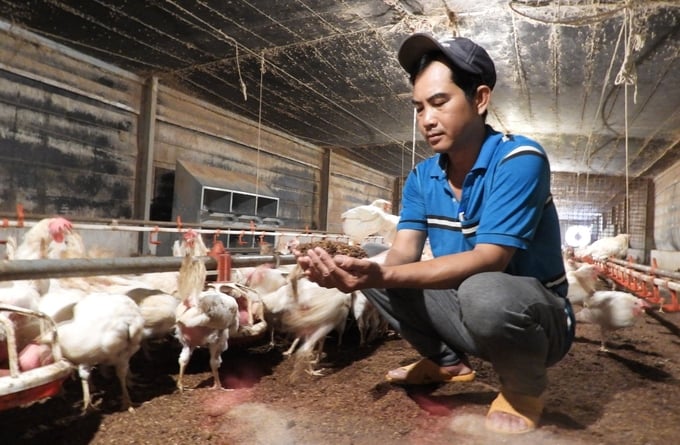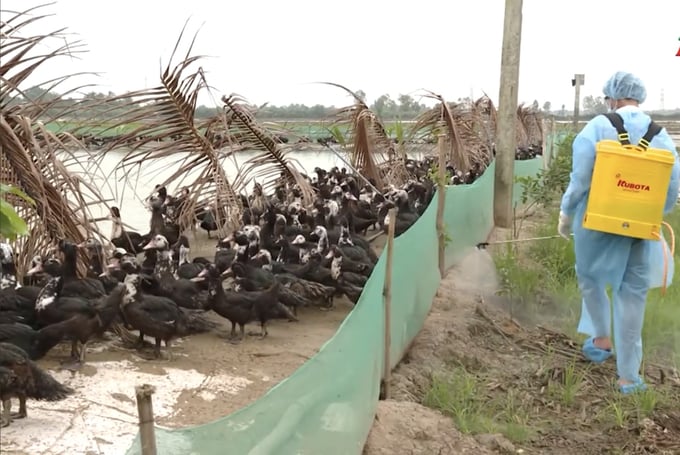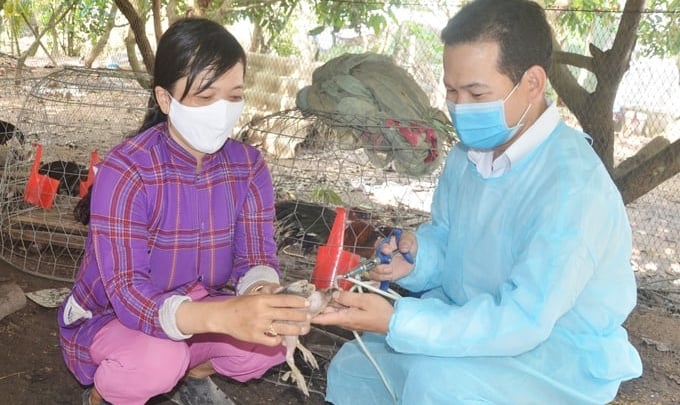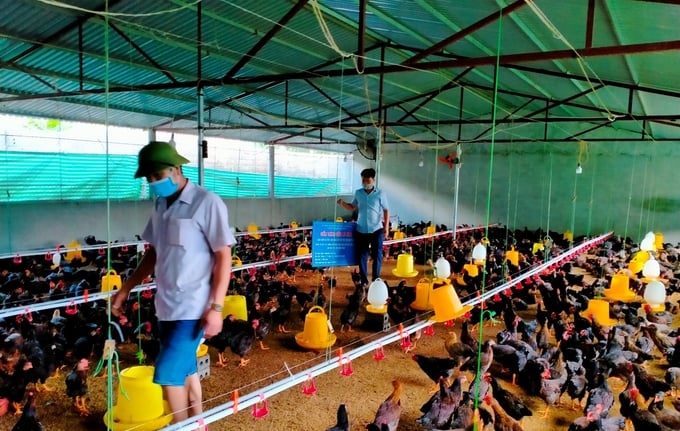In the heart of Bình Định province, Vietnam, a remarkable transformation is underway in the field of agriculture, particularly in poultry farming. The initiative to rear free-range chickens in conjunction with a robust product consumption strategy is not only an agricultural project but a sustainable model that’s setting benchmarks for the industry. This model, supported by the Central Agricultural Promotion, is a testament to how integrating traditional farming methods with modern techniques and market strategies can lead to substantial economic and environmental benefits.
Sustainable Development and Economic Empowerment
The project, launched in 2023, aims to support local farmers by organizing production and linking them with enterprises for sustainable product consumption. Farmers involved in this model undergo training and field visits to master poultry farming techniques, ensuring that the knowledge base within the community is continuously enriched. The initiative is particularly focused on the communes of Ân Hữu and Ân Nghĩa in Hoài Ân district, where the terrain is uniquely suited for free-range poultry farming.
One of the critical aspects of this model is the emphasis on sustainability and economic empowerment. By providing farmers with 50% subsidy for seedlings, materials, and technical transfer, the project ensures that the initial barriers to entry are significantly reduced. Moreover, the commitment to purchase the products guarantees a stable market, thereby securing the farmers’ income.
Environmental Benefits and Quality Produce
The choice of free-range chicken farming is not arbitrary. This method, which utilizes the idle hills and fruit gardens, not only minimizes the need for artificial feed but also ensures that the chickens are healthier, leading to a product that is both delicious and of high quality. The chickens, having more space to roam, develop firmer and tastier meat, which has been well-received by the market, fetching higher prices and improving the livelihoods of the local farmers.
A Closed-Loop Model: From Farm to Table
What sets the Bình Định model apart is its comprehensive approach. Unlike other models where the linkage often ends at the sale of the produce, this initiative ensures a closed-loop system. The Agricultural Cooperative of Hoài Ân Youth is involved in the entire process, from purchasing to slaughtering, processing, packaging, and selling the chickens under the brand of Hoài Ân hill chicken. This not only adds value to the product but also ensures quality control and traceability, crucial aspects of modern agriculture.
Conclusion
The success of the free-range chicken farming model in Bình Định is a beacon for sustainable agricultural practices. It demonstrates the potential of integrating traditional methods with modern market strategies to create a resilient and sustainable farming ecosystem. For farmers, investors, and researchers interested in sustainable agriculture, the Bình Định model offers valuable insights into how local initiatives can lead to broader economic and environmental benefits. As this model continues to evolve, it serves as a blueprint for other regions looking to enhance their agricultural practices while ensuring the well-being of both the community and the environment.
Translated by Quyen.




















